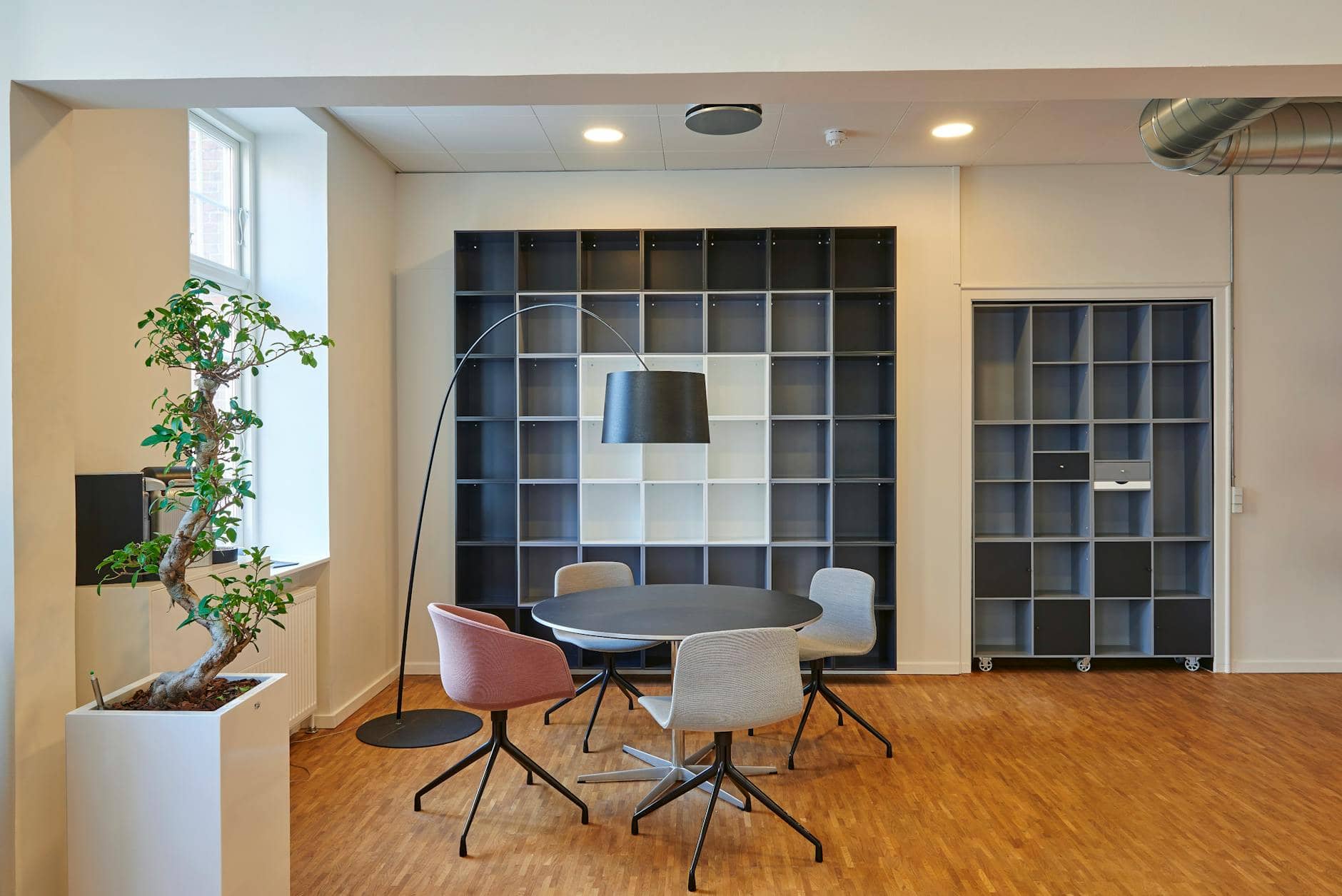This is a contributed post.
In today’s fast-paced business environment, the corporate office is more than just a space where work happens; it’s a hub for collaboration, creativity, and productivity. As businesses continue to evolve, so do the needs of the modern office. To create an environment that fosters success, here are five essential elements that every corporate office needs.
Table of Contents
Ergonomic Workstations
The importance of ergonomic workstations cannot be overstated. In a corporate office where employees spend long hours at their desks, comfort is crucial for maintaining productivity and preventing health issues. Ergonomic workstations are designed to support the body in a neutral position, reducing strain on muscles and joints.
Key components of an ergonomic workstation include adjustable chairs with lumbar support, desks that can be tailored to the correct height, and monitor stands that position screens at eye level. Additionally, providing accessories like footrests, wrist supports, and even standing desks can make a significant difference in employee comfort. When employees are comfortable, they are less likely to experience fatigue, which can lead to improved focus and overall productivity.
Investing in ergonomic workstations is not just about preventing discomfort; it’s about creating a work environment where employees can perform at their best. It’s an investment in the health and well-being of your team, which ultimately benefits the company.
Collaborative Spaces
In a corporate office, collaboration is key to innovation and problem-solving. While individual workspaces are essential, so too are areas designed specifically for teamwork. Collaborative spaces allow employees to come together, share ideas, and work on projects in a setting that encourages interaction and creativity.
These spaces can take many forms, from open-plan areas with movable furniture to formal conference rooms equipped with the latest technology. The goal is to create a flexible environment where employees can choose the best setting for their collaborative needs. In addition to traditional meeting rooms, consider adding acoustic meeting pods. These pods provide a quiet, soundproof space where small groups can meet without disturbing others, making them ideal for brainstorming sessions, one-on-one meetings, or private discussions.
Collaborative spaces should be designed with flexibility in mind, allowing teams to easily reconfigure the space to suit their needs. By fostering a collaborative culture, you can inspire creativity and drive innovation within your organization.
Advanced Technology Infrastructure
A corporate office must be equipped with advanced technology to support the demands of modern business operations. This includes reliable and high-speed internet, secure and efficient communication systems, and the latest software tools that enable employees to work efficiently and securely.
In addition to these basics, consider incorporating smart office technology. This could include automated lighting and climate control systems, wireless charging stations, and integrated video conferencing tools. These technologies not only enhance the functionality of the office but also contribute to a more comfortable and productive work environment.
Security is another critical aspect of technology infrastructure. With the rise of remote work and digital collaboration, ensuring that your office’s network and data are secure is more important than ever. Implementing robust cybersecurity measures, such as firewalls, encryption, and secure access protocols, can protect your company’s sensitive information from potential threats.
By investing in advanced technology infrastructure, you provide your employees with the tools they need to succeed while also protecting your company’s assets.
Well-Designed Break Areas
Break areas are an essential component of a corporate office, offering employees a space to relax and recharge during the workday. These areas should be more than just a place to eat lunch; they should be inviting spaces where employees can unwind, socialize, and take a mental break from their work.
A well-designed break area might include comfortable seating, entertainment options like TVs or game consoles, and even amenities like a coffee bar or snack station. Incorporating elements of nature, such as indoor plants or natural light, can also create a calming atmosphere that helps employees de-stress.
In addition to traditional break areas, consider providing quiet zones where employees can meditate, read, or simply enjoy a moment of solitude. These spaces can help reduce stress and improve overall well-being, leading to a more positive and productive work environment.
Break areas are not just about taking a break; they’re about creating a balanced work environment that supports both productivity and well-being. By providing spaces where employees can relax and recharge, you help them return to their work with renewed focus and energy.
Creating a corporate office that meets the needs of your employees requires thoughtful planning and investment in key elements that support productivity, collaboration, and well-being. Ergonomic workstations, collaborative spaces, advanced technology infrastructure, well-designed break areas, and flexible meeting rooms are all essential components of a modern office. By incorporating these elements, you can create a work environment that not only enhances performance but also promotes a positive and supportive workplace culture.

